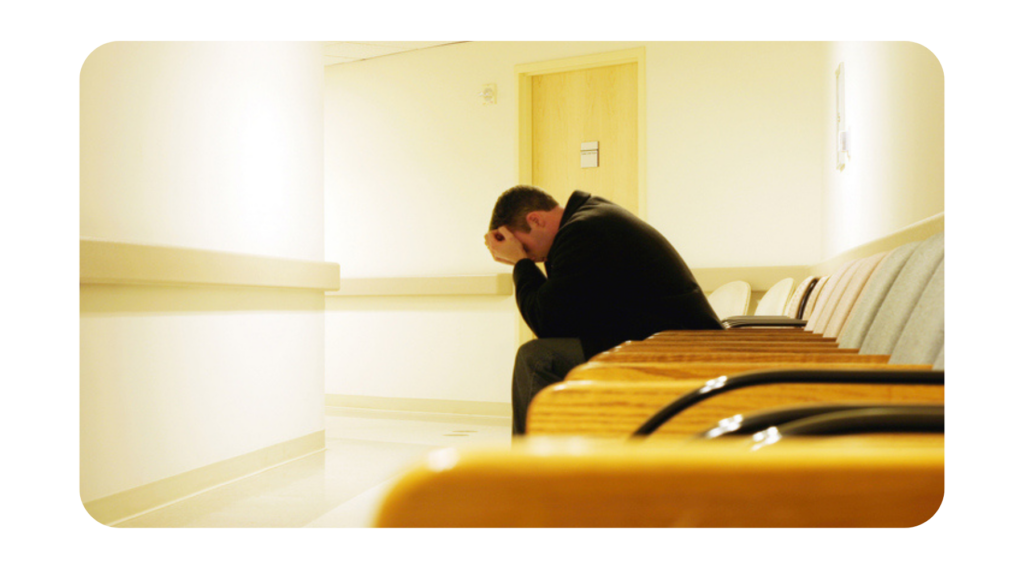Understanding Wrongful Death and Filing a Claim in California
Losing a loved one is one of the most painful experiences anyone can endure, especially when that loss is the result of someone else’s negligence or misconduct. In California, it’s important to understand the rights and options available to those left behind, including how to pursue a wrongful death claim. This article offers guidance on filing such a claim under California law and explains how the California Civil Jury Instructions (CACI) play a role in these cases.
What is Wrongful Death in California?
In California, a wrongful death occurs when someone’s life is tragically cut short due to the negligence or misconduct of another, whether by an individual, a company, or even a government entity. At the heart of wrongful death cases is the understanding that the death could have been avoided if the responsible party had exercised proper care.
Unlike criminal cases, wrongful death claims are civil lawsuits aimed at compensating the surviving family members for their loss.
Legal Grounds and Liability Under California Law

A wrongful death claim in California provides a legal avenue for the deceased person’s loved ones or estate to seek justice when their death is caused by another’s wrongful act. The legal foundation for these claims is found in California Code of Civil Procedure Section 377.60.
To succeed in such a claim, it must be shown that the defendant’s negligence or intentional actions were a substantial factor in causing the death. In California, negligence is defined as failing to act with the care that a reasonable person would under similar circumstances.
The Role of CACI in Wrongful Death Claims
California Civil Jury Instructions (CACI): These standardized instructions help guide juries in civil cases, including those involving wrongful death, by clearly explaining the law and ensuring that legal standards and the burden of proof are well understood. In wrongful death cases, CACI instructions cover important aspects such as the elements required to prove negligence, how to calculate damages, and how to allocate fault if multiple parties are involved. The use of CACI helps ensure that the jury’s decision is based on a clear and accurate understanding of California law.
Filing a Wrongful Death Claim in California
In California, only specific individuals are eligible to file wrongful death claims. Typically, this responsibility falls to a close family member or a representative of the deceased’s estate, such as a spouse, domestic partner, child, or, in some cases, the parents of the deceased.
The timing of your claim is crucial and may be as short as six months if a governmental entity is involved. Missing deadlines can mean losing the opportunity to seek justice, making it vital to take action without delay.
Damages and Compensation in California
Damages in a California wrongful death lawsuit represent the financial compensation that the surviving family members seek to help them cope with their loss. Economic damages include tangible losses such as lost wages, medical expenses, and funeral costs. Non-economic damages, while more subjective, compensate for the emotional pain and suffering, loss of companionship, and emotional distress caused by the loss of a loved one. The types of recoverable damages vary depending on the specific circumstances of the case.
Practical Steps Following a Wrongful Death in California
Step 1:
If you are considering a wrongful death claim in California, your first step should be to seek legal support. A wrongful death attorney with experience in California law can provide the guidance you need during this difficult time, helping you understand your rights, evaluate your case, and build a strong claim. They will also ensure that you meet all necessary legal requirements, such as filing within the statute of limitations.
Step 2:
It is also crucial to document your losses and expenses as thoroughly as possible. Collect evidence such as medical bills, funeral expenses, and proof of lost income, as these documents will serve as essential proof of the financial impact of your loved one’s death and help in calculating the damages you seek.
Step 3:
Finally, it’s important to act quickly in wrongful death cases. Acting promptly not only ensures compliance with the statute of limitations but also helps preserve crucial evidence that could strengthen your claim. Taking timely action can make a significant difference in your ability to seek the compensation you deserve.
Finding Justice and Healing After a Wrongful Death in California
If you are seeking compassionate, experienced legal assistance in pursuing a wrongful death claim, LMS Law is here to help. We offer free case reviews to help you focus on healing while we fight for your rights. Contact us today at (415) 400–7000, or reach out online to arrange a free consultation. We can meet you at your home or in the hospital if you are unable to come to us.
The above is not meant to be legal advice, and every case is different. Feel free to reach out to us at LMS Law if you have any questions. Information contained in this content and website should not be relied on as legal advice. You should consult an attorney for advice on your specific situation.
Visiting this site or relying on information gleaned from the site does not create an attorney-client relationship. The content on this website is the property of LMS Law and may not be used without the written consent thereof.


